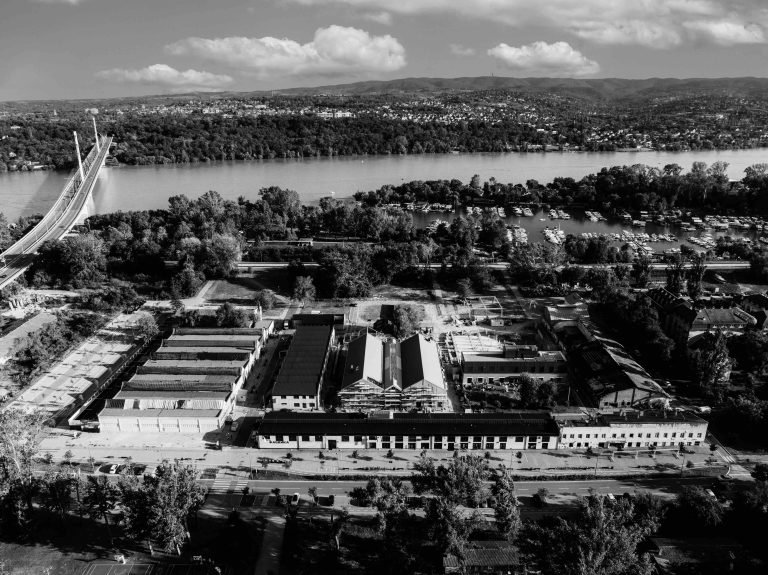For more than two decades, at the end of August, a unique festival for our country takes place in Novi Sad. It’s the Festival of Street Musicians, a multi-day festival that gathers musicians, dancers, performers, acrobats, and theatre troupes, and in collaboration with the audience brings an unusual colourfulness to the city streets and several stages. However, even though the performers are from the country and region, as well as from all over Europe and other continents, many questions are raised during the festival – some justified, some not. What is the status of those artists in Serbia during the rest of the year? Why do part of the public sees them more as beggars than as legitimate artists? How is it possible that the situation of their colleagues in more developed countries is so different? Why, after all, would an artist want to perform on the street and fight for recognition? We talked about this with Borislav Beljanski, the founder of the festival.
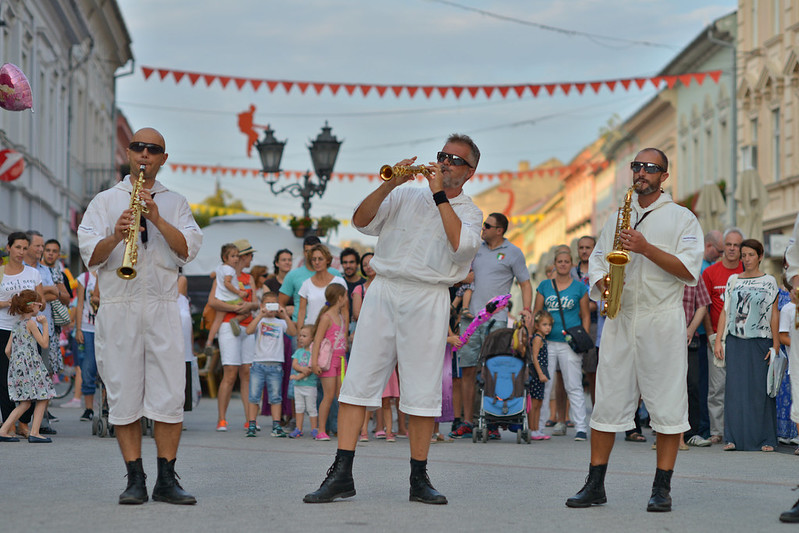
If you travel to large European cities, you will inevitably encounter entertainers in the city centre. Does the Festival of Street Musicians mean that Novi Sad is also following in their footsteps? ‘For the past 22 years, the main mission of the Festival was to make art accessible to everyone and to show art on the streets,’ Beljanski points out. ‘For the last 7 years, we have had another, very important mission, which is the revitalisation and promotion of the suburbs of the Petrovaradin Fortress, the place where the festival is held. During the three days of the festival, we’re certainly able to evoke to some extent the atmosphere of large European metropoles, where street performances are an everyday occurrence.’
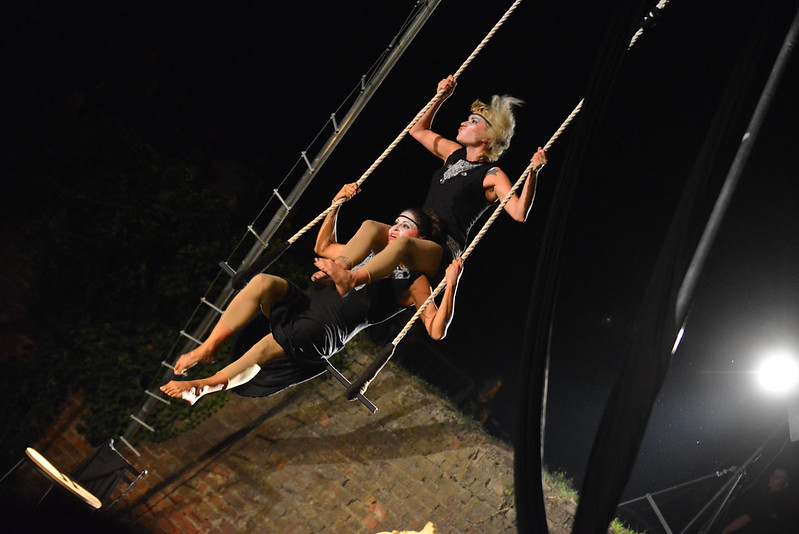
Street art is a very important segment for any city that wants to develop tourism and be attractive and interesting for foreigners. Novi Sad has many outdoor events in the very centre – perhaps even too many, and it would be good to work on decentralisation because it has outgrown the concept of a monocentric city. All street musicians and artists are concentrated in that one street. Our mission is certainly that when the traffic in Suburbium is closed, we will get another old city centre as a pedestrian zone where we could also have street musicians and performers and outdoor art, says Beljanski.
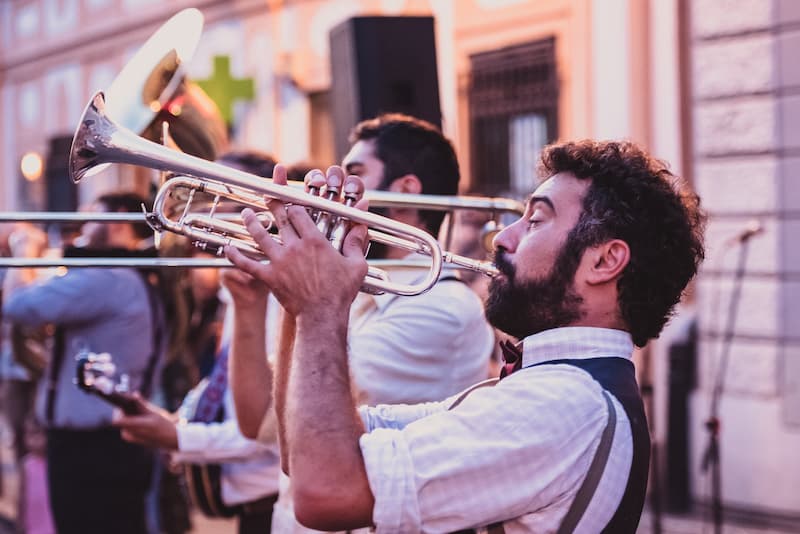
At this, as well as previous festivals, a whole galaxy of different artists participate, and an important part of their performances is the audience’s reaction and participation. The festival here has, in a way, an educational role. This is emphasised by Beljanski himself in response to the comment about equating street performers and beggars, which is a perception that can be encountered in our country: ‘Through the festival programme, we try to educate the audience about the diversity of street performers. We also try to send a message about the importance of street performance through various campaigns throughout the year. When it comes to the current legal framework for the work of street musicians in Novi Sad, the situation is currently uncertain. The first discussion on this topic was held in 2015, and the second will be held this year. According to the latest information we have,’ says Beljanski, ‘unlike Belgrade, Novi Sad has still not regulated the issue of street performance. Belgrade does not differ much from other European cities when it comes to the way in which the position and regulations are resolved. It’s a universal principle according to which there are annual commissions that assign long-term permits and locations, and foreigners can always get their short-term permits from the Tourist Organisation, and it’s a principle that works everywhere. Now the trend is for cities to solve the issue of street performance, Belgrade solved it a few years ago, and we will definitely be willing to help when it’s Novi Sad’s turn to solve the situation of street musicians.’
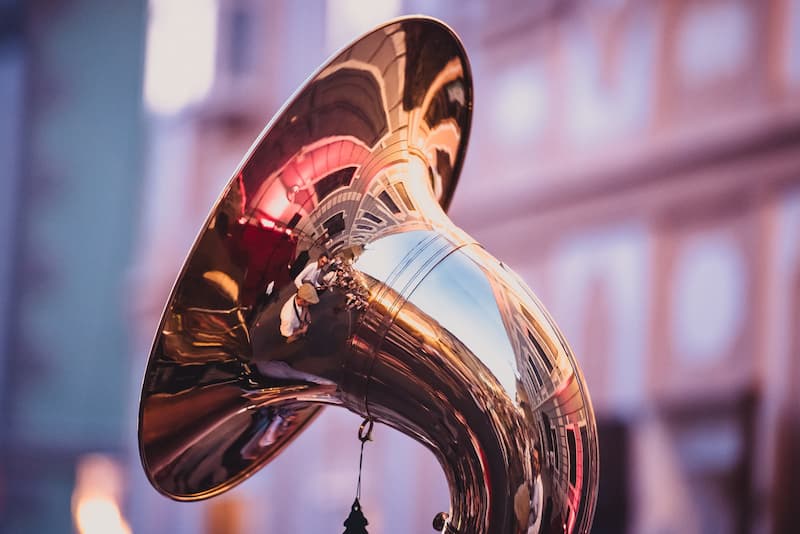
We were also interested in what the Festival of Street Musicians brings to the musicians themselves, what to the audience, and how it contributes to the importance of the development of the culture of street musicians. The festival provides musicians with a large international platform where they can present their art. It gives the audience the opportunity to see performers from different parts of the world, which they cannot see at other festivals, says Beljanski. This is certainly a reason not to miss at least one festival day!
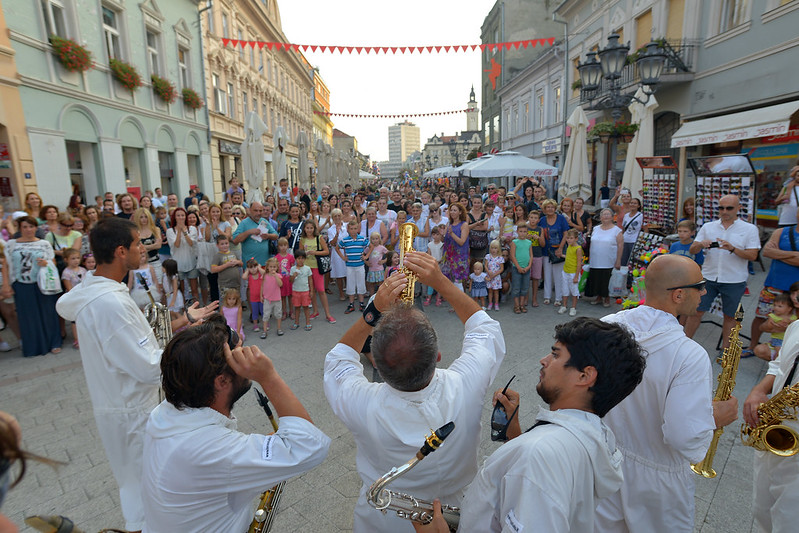
‘Since the very beginning of the Festival in 2000, its mission has remained the same, which is to perform art on the streets. In the past 22 years, we have included other arts besides music in the festival programme, so we have plays and films in the programme. Those who do not know and do not follow the festival expect that we only have original street musicians performing, but our mission is to bring out all kinds of music and artists who will all become street musicians during those days. After two very challenging years, the traditional festival procession is finally returning to the city. Visitors will have the opportunity to meet and experience the spectacle of Les Poupées Géantes – The Big Dolls, one of the leading European theatres, the French theatre Transe Express.’ We also asked the founder of the Festival about the reasons for performing on the street. However, as he says, this question would be best answered by the performers themselves. ‘We assume that they want to present their music to as wide an audience as possible and to receive feedback because the charm of street art is definitely in direct contact with the audience,’ points out Beljanski.
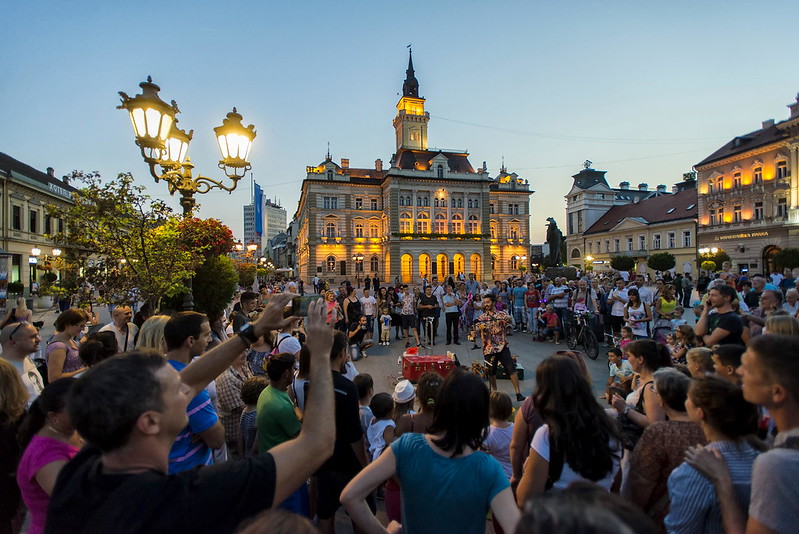
We hope that this is reason enough to will stimulate your curiosity to come to Suburbium on 25, 26, or 27 August. You will find the schedule and other important information on the Festival’s website.
Author: Tihana Smiljanić
Photo: Festival of Street Musicians/Archive



